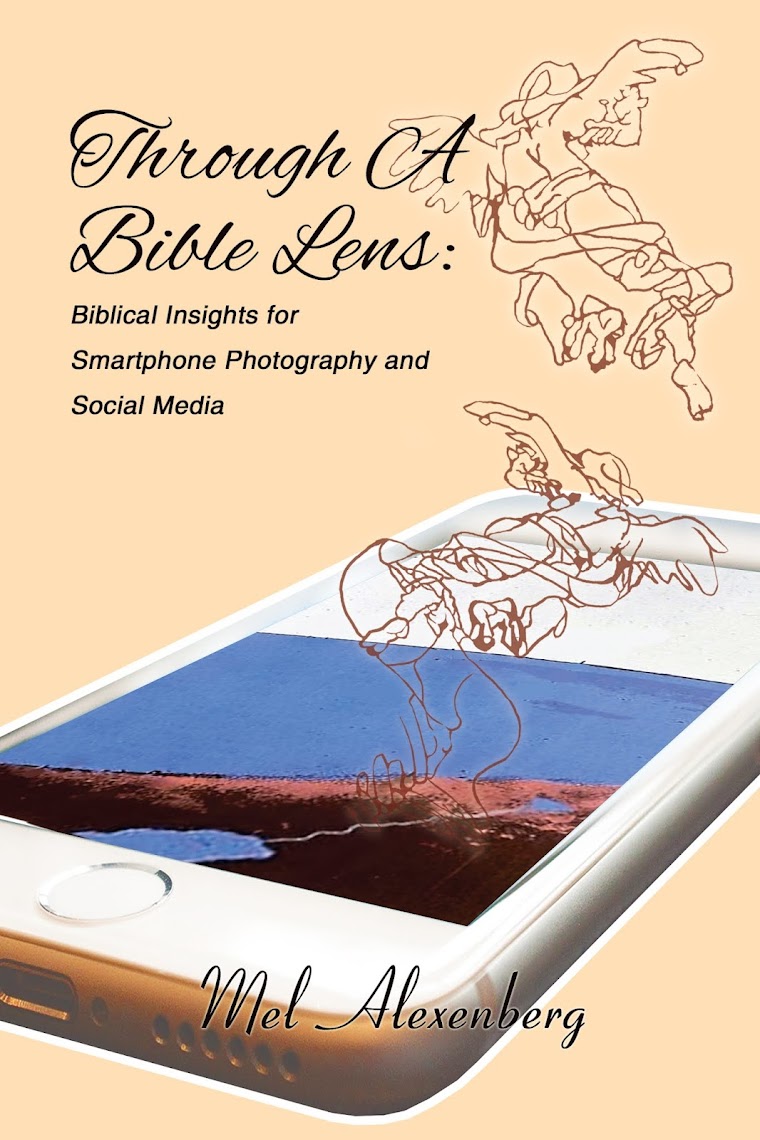When you light the lamps, the seven lamps shall
illuminate the face of the menorah …. This is the workmanship of the menorah,
hammered from a single piece of gold from its base to its flowers. (Numbers 8:1, 4)

When we study worldly wisdoms represented by the 7 branches of the menorah in light of Torah, the lamps of the menorah shine brightly. (Chatam Sofer)
We participated in the annual award ceremony at the Knesset
honoring the world's best scientists and artists with the coveted Wolf Prizes.
Mel was appointed to the Council of the Wolf Foundation by
the President of Israel on recommendation of the Minister of Education.
Later in the week, we participated in the International
Conference on Art, Science and Technology in the Galilee city of Karmiel.
Mel illuminated worldly wisdom with Torah insights in his
lecture on a kabbalistic model of creative process in art and science.
Dr. Eugene Katz, of the Institute for Desert Research
lectured on bridges between mathematics, natural sciences, art and
architecture.
His research on solar energy at Sde Boker created a solar
panel menorah tilted up towards the sun to generate electricity to light up
homes.Translated as 'lighting,' beha'alotkha literally means 'lift up.' Worldly knowledge is spiritually elevated seen through Torah lenses.
Integral interconnectedness of all branches of knowledge is
symbolized by the menorah being hammered from a single piece of gold.
The menorah's branching form joins the spiral form of the
Torah scroll to represent Judaism as living systems like flowering trees and
DNA.
At the Knesset dinner, we sat with California Prof. Harris
Lewin who was awarded the Wolf Prize for his contributions to animal genetics.
In his acceptance speech, he related how his interest in the
genetics of cows was sparked by his work with them on a kibbutz when he was 17.




